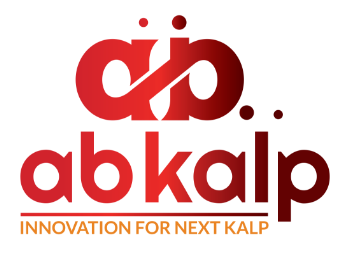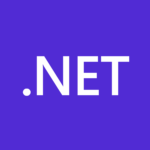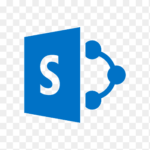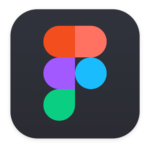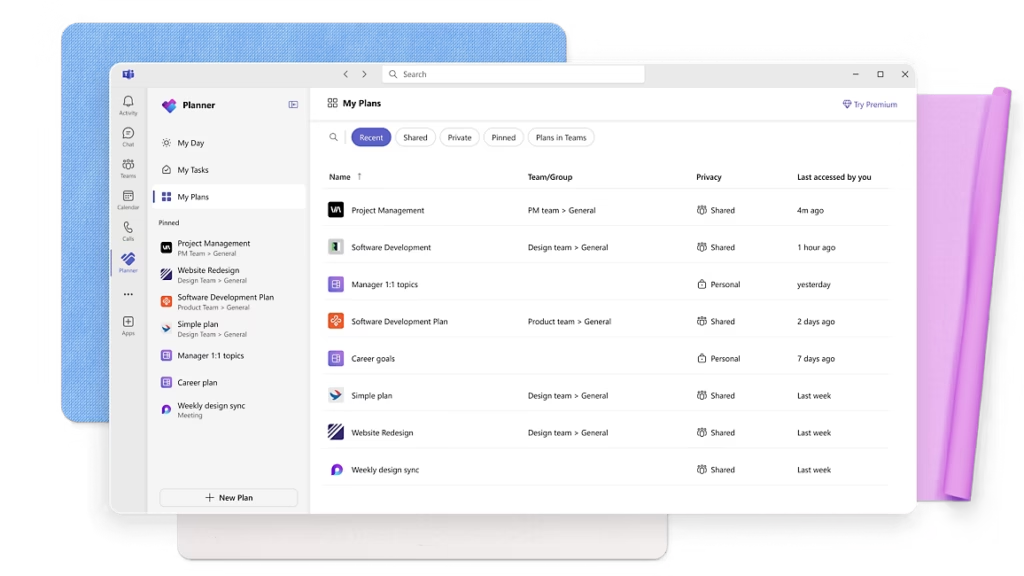
🔧 Technical Value
- Seamless Integration with Microsoft 365 Ecosystem
- Planner integrates natively with Teams, Outlook, SharePoint, and To Do. Tasks created in Planner can be surfaced in To Do and Teams, ensuring visibility across platforms.
- Example: During a cross-functional UAT cycle, tasks assigned in Planner can be linked to Teams channels for real-time updates and surfaced in Outlook calendars for deadline tracking
- Unified Task Management Across Apps
- Users can manage tasks from Planner, To Do, and Outlook in one consolidated view via the Tasks app in Teams.
- Use Case: A Digital Workplace team member can track project deliverables, personal to-dos, and meeting action items in one place without switching tools
- Visual Task Boards with Multiple Views
- Offers Kanban-style boards, calendar views, and charts for progress tracking.
- Example: For a credit memo enhancement project, use the Kanban board to track backlog, in-progress, and completed tasks, while the chart view helps visualize team workload
- Automation with Power Platform
- Integrates with Power Automate to trigger workflows based on task status changes.
- Use Case: Automatically notify stakeholders via Teams when a task is marked “Blocked” or “Completed”
- Security and Compliance
- Inherits Microsoft 365’s enterprise-grade security, including data encryption, role-based access, and compliance with GDPR and ISO standards.
- Example: Sensitive project tasks can be managed securely within Planner without needing third-party tools
- Mobile and Web Accessibility
- Fully functional on mobile and web, enabling remote and hybrid teams to stay productive.
- Use Case: Field technicians can update task status or add notes from their mobile devices during site visits

💼 Business Value
- Cost-Effective for Microsoft 365 Users
- Included in most Microsoft 365 business plans, eliminating the need for additional licenses.
- Compared to tools like Asana or Trello, this reduces overhead for organizations already invested in Microsoft 365
- Accelerated User Adoption
- Familiar UI and integration with existing tools reduce the learning curve.
- Example: Teams already using Outlook and SharePoint can adopt Planner with minimal training, as seen in internal adoption playbooks
- Improved Team Collaboration
- Real-time updates, comments, and file attachments within tasks enhance communication.
- Use Case: During a leadership visit, tasks related to logistics, presentation prep, and follow-ups can be collaboratively managed in a shared plan
- Scalable for Teams of All Sizes
- Suitable for small teams managing simple task lists to large departments coordinating complex projects.
- Example: The Digital Workplace team can manage global initiatives like Power Platform training or SharePoint governance using Planner
- Data-Driven Decision Making
- Built-in analytics and Power BI integration allow tracking of task completion rates, bottlenecks, and team performance.
- Use Case: Generate monthly reports on task throughput and SLA adherence for leadership reviews
- 🆚 Comparison with Other Tools
| Feature | Microsoft Planner | Trello | Asana | Monday.com |
| M365 Integration | ✅ Deep | ❌ Limited | ✅ Moderate | ✅ Moderate |
| Views | ✅ Kanban, Calendar, Charts | ✅ Kanban | ✅ List, Timeline | ✅ Gantt, Kanban |
| Automation | ✅ Power Automate | ✅ Butler | ✅ Rules | ✅ Automations |
| Licensing | ✅ Included in M365 | ❌ Paid | ❌ Paid | ❌ Paid |
| Security | ✅ M365-grade | ❌ Basic | ✅ Moderate | ✅ Moderate |
| Task Consolidation | ✅ With To Do & Outlook | ❌ | ❌ | ❌ |
